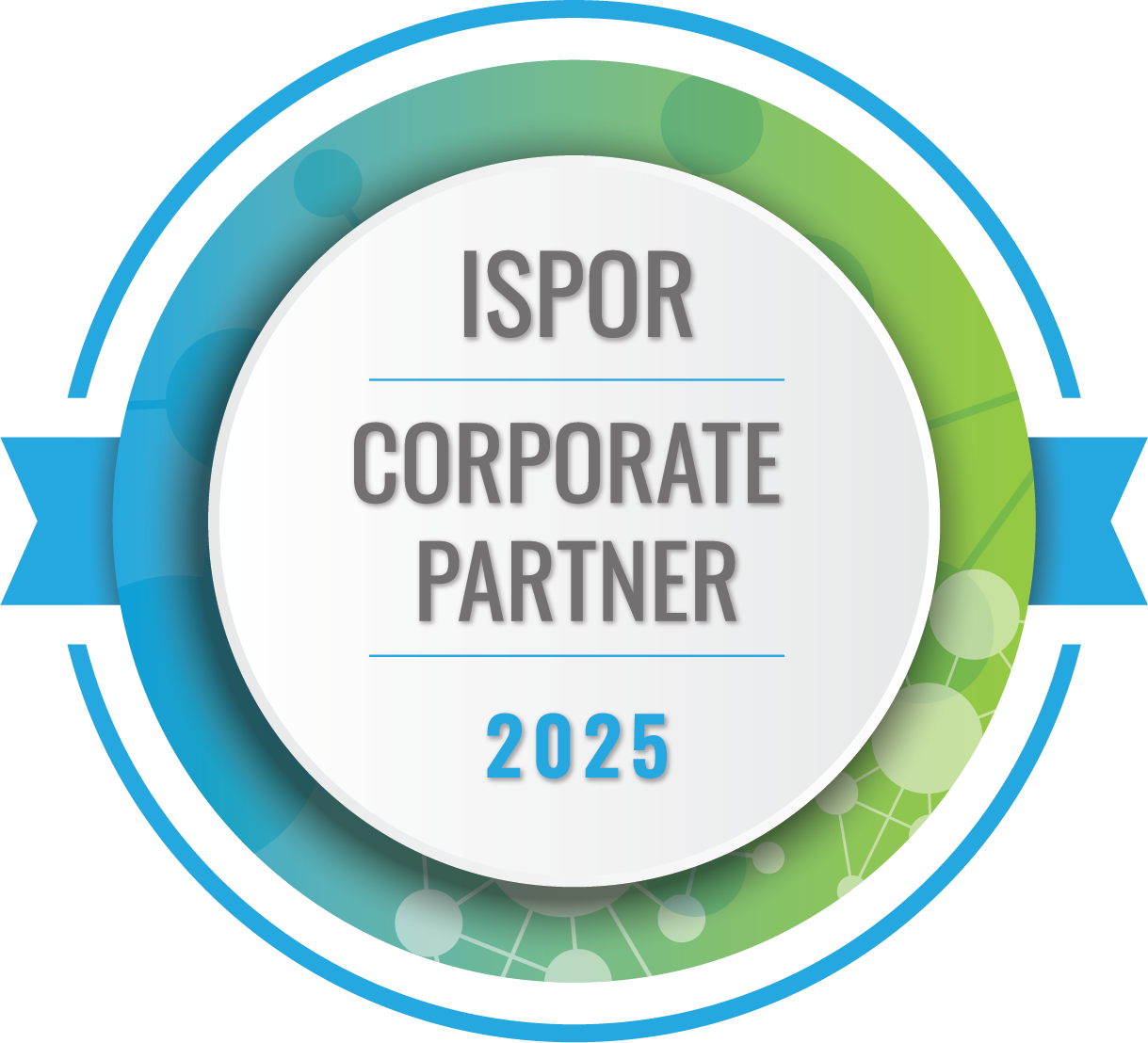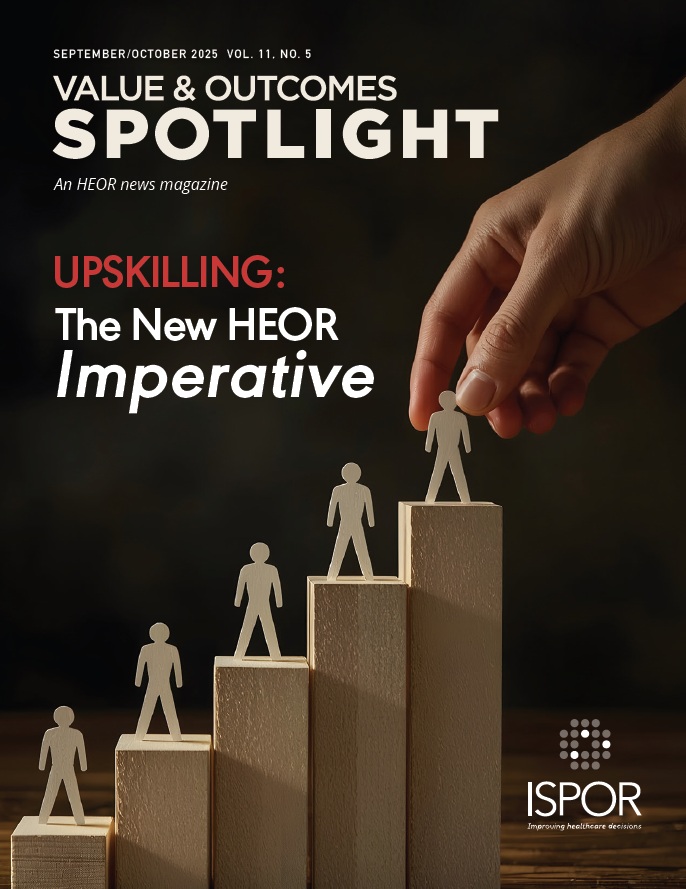Breaking Boundaries: Repositioning HEOR for Broader Impact
Priti Jhingran, PhD; Lynn Okamoto, PharmD, Genesis Research Group, Hoboken, New Jersey, USA

As many pharmaceutical organizations have restructured, some health economic and outcomes (HEOR) teams have been integrated with reporting lines into Medical Affairs or Market Access. In some cases, the accountability of ensuring timely delivery of integrated evidence has shifted to Medical Affairs, while the responsibility for evidence generation resides with HEOR or real-world evidence (RWE) teams.
This organizational restructuring raises questions that cannot be ignored. “Is HEOR losing clout in pharma? Is the role of HEOR evolving? Is the role of HEOR diluted if it is not a stand-alone group?” What are the real issues that HEOR should focus on?
This article explores the evolving role of HEOR in an era where the traditional role centered on payers and health technology assessment (HTA) submissions is no longer sufficient.
Redefining Value of HEOR
For decades, HEOR built its reputation on being a rigorous analytical function, designing economic models and generating outcomes data to support payer decision making. With this laser focus on access and reimbursement, by those of us who have seen HEOR evolve, we have amplified the ”HE” (health economics) in HEOR at the expense of the ”OR” (outcomes research). It is time to broaden our aperture.
The realities of today’s healthcare ecosystem require a much broader view, one that embraces care delivery, system-level efficiencies, and long-term health outcomes. Payers and providers are much more integrated today, and key opinion leaders and medical societies have a greater influence on payer and access decisions.
Real-World Evidence Is Not Just for HTA
Physicians increasingly seek evidence that reflects the complexities of real-life care, including comorbidities, adherence patterns, and care disparities. HEOR teams that focus exclusively on payer-focused deliverables risk missing the opportunity to shape clinical behavior.
Furthermore, as the reach of digital health tools and remote monitoring expands, the volume and granularity of real-world data have exploded. HEOR should play a central role in analyzing these data to inform guideline development, facilitate comparative effectiveness, and influence quality improvement initiatives. However, this will happen only if we recognize the needs of these new audiences as part of our remit.
The integration of HEOR into Medical Affairs/Market Access is an opportunity to become more impactful.
The Problem Is Not Structure, It Is Strategy
The integration of HEOR into Medical Affairs/Market Access is an opportunity to become more impactful. If HEOR professionals accept the invitation to contribute as strategic architects by shaping evidence generation, aligning timelines with market forces, and framing value stories, then the relevance of HEOR expands.
Our focus should be to link evidence generation and evidence communication. HEOR should leverage this alignment to influence medical strategy and shape value narratives that resonate with all stakeholders. This shift is not disempowering, it is empowering, when seized proactively. However, if we simply execute requests, our influence will continue to diminish.
In organizations where this model has been adopted, HEOR professionals sit alongside medical teams, country affiliates, and market access leads. They provide strategic insights and develop tools that shape how value is communicated at congresses, advisory boards, in peer-reviewed publications, and one-on-one engagements with access decision makers. In addition, the partnership between Market Access, Medical Affairs, and HEOR continues to grow when a collaborative, evidence-driven approach to value demonstration and HTA submissions becomes the accepted approach.
Capturing “evidence wins” should be part of routine practice. Did a particular analysis shape pricing negotiations? Was a real-world study referenced in a payer meeting or advisory board? These moments demonstrate the application-focused value of HEOR and should be tracked, socialized, and celebrated within the company.
Is the Impact of HEOR Weakening?
We identified 3 factors listed below.
Communication Gaps: Highly technical HEOR deliverables are often complex and difficult to interpret, hence misunderstood or underutilized by nonspecialist internal stakeholders. This may have resulted in data that was “lost in translation,” where the potential impact of the evidence was muted or, in some cases, nullified.
Timing Misalignment and Strategic Disconnect: HEOR evidence-generation studies, if planned independently, may not be aligned with the product’s value or generated too late, leading to evidence that was “not relevant,” did not support the storyline of the product, or simply delivered too late. Without deliberate integration, HEOR evidence generation risks being deprioritized based on misaligned research interests, rather than evidence gaps based on market needs.
Failure to Pivot: Endpoint requirements have evolved with changing landscapes. Providers, payers, and regulators have been requesting patient-centered outcomes that are meaningful from a clinical practice perspective. Surrogate makers and novel endpoints have advanced science and drug development; however, have they been linked to endpoints used in clinical practice? This requires Medical Affairs, Market Access, and HEOR functions to collaborate with external stakeholders to scope and execute relevant evidence-generation studies.
The real question is not whether HEOR should evolve; it is whether we will take control of its evolution.
The Path Forward: 4 Imperatives
Below are the 4 imperatives for HEOR in our future journey.
Intentional Strategic Collaboration
- Embed product champions (including HEOR, Market Access, and Medical Affairs) into value strategy teams from the earliest stages of asset planning.
- Actively contribute as an asset champion by participating in key meetings, including brand reviews, asset value teams, study design, launch and HTA readiness, and field team planning for access and reimbursement.
- Hold “teach-ins” and workshops for internal stakeholders in collaboration with other relevant functions.
- Go beyond payers; engage prescribers, patients, and society at large.
Master Translation of Evidence
- Upskill by developing an expertise in visualization tools, storytelling skills, and audience-specific translation materials.
- Create modular value communication tools tailored to specific stakeholders—such as customized slide decks, infographics, objection handlers, and frequently asked questions documents.
- Establish a program to support evidence generation leaders (HEOR, Medical Affairs, etc) in building skills for developing compelling, value-focused narratives.
- Work closely with customer-facing teams to deliver evidence-based resources to external stakeholders; share insights with internal evidence-generation teams.
Cross-functional Strategic Planning
- Take an integrated approach to evidence generation to create a unified, efficient, and high-value strategy for the product(s). Harmonize across functions and geographies beyond the regulatory trials for the asset/product.
- Execute annual workshops for “evidence gap assessments.”
- Deploy cross-functional squads for high-priority deliverables, providing concurrent access to necessary tools, endpoints, and analytical support.
Performance Metrics and Success Stories
- Track HTA wins, guideline uptake, field tool use, etc, and proactively communicate success stories.
- Profile success stories where an integrated approach to delivery directly supported favorable access or price negotiations.
Recommendations: Concrete Next Steps
For organizational leaders:
- Redefine HEOR roles to include strategy, communication, and stakeholder engagement.
- Invest in cross-functional integration platforms, communication tools, and planning forums that facilitate collaboration.
- Create a collaborative work environment with clear accountability.
- Build key performance indicators for evidence translation and uptake.
- Allow time for upskilling and “field immersion” (eg, HEOR shadowing field medical and sales representatives, Medical Affairs country affiliates, and other functions as relevant).
- Cocreate an “integration checklist” with other functions: clarifying decision points, deliverable formats, and evidence needs.
- Celebrate success and share best practices along with key learnings.
For HEOR professionals:
- Volunteer for early engagement.
- Communicate with precision and passion.
- Ask how your work will be used and how it will make an impact, not just how it will be designed.
- Practice communicating your findings to non-HEOR specialists.
- Have a culture of continuous learning by incorporating insights and feedback.
- Track downstream use of your deliverables—and share the wins internally and externally.
Conclusion
The real question is not whether HEOR should evolve; it is whether we will take control of its evolution. Will it be a passive function waiting to be activated, or an active architect guiding evidence strategy across the development life cycle?
As highlighted in ISPOR’s Amplify HEOR initiative, our profession is at a crossroads: we can either double down on our insular technical excellence or step up as the translator of value across diverse stakeholder groups. As Jens Grueger notes, “We need to focus more on that communication piece, not only from our leaders in HEOR, but also begin training our young colleagues to recognize that communication is an important piece for what they’re doing.”
Similarly, Darius Lakdawalla’s research on Medicare obesity coverage underscores the need to make value concrete. Rather than defending costs, we must link economic evidence to human impact, longevity, quality of life, and access. In doing so, HEOR can ensure its future by proving its present-day relevance.
Call to Action: As the landscape continues to evolve, HEOR can demonstrate not only its relevance but its necessity by embracing the imperatives outlined above, which include broader roles, refining communication, engaging cross-functional teams, and measuring impact. Let’s work together to reposition HEOR for broader impact!


